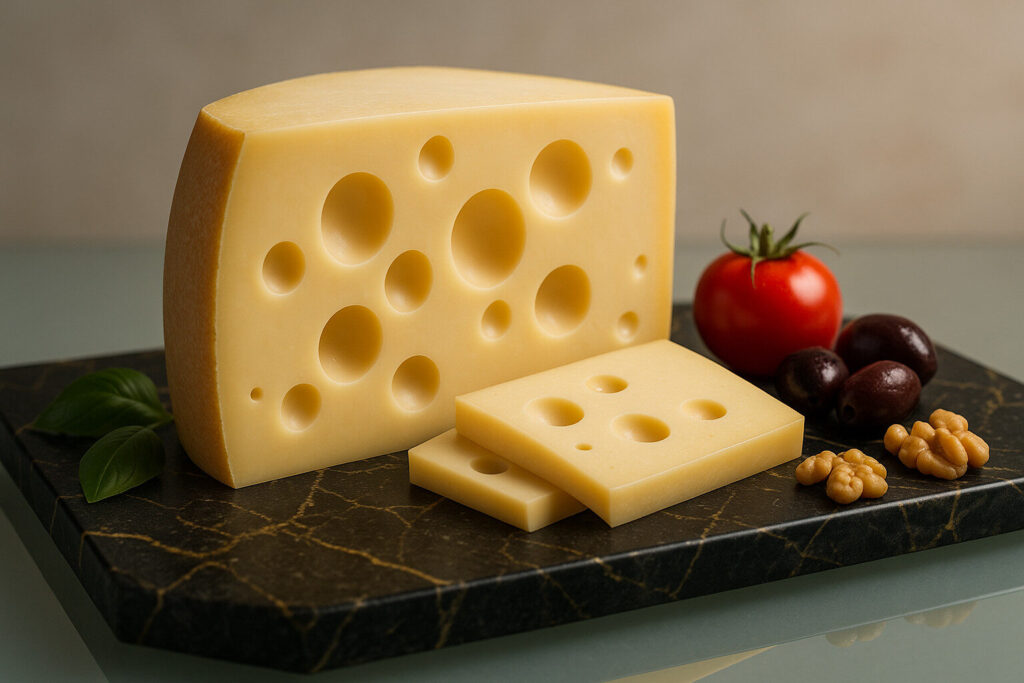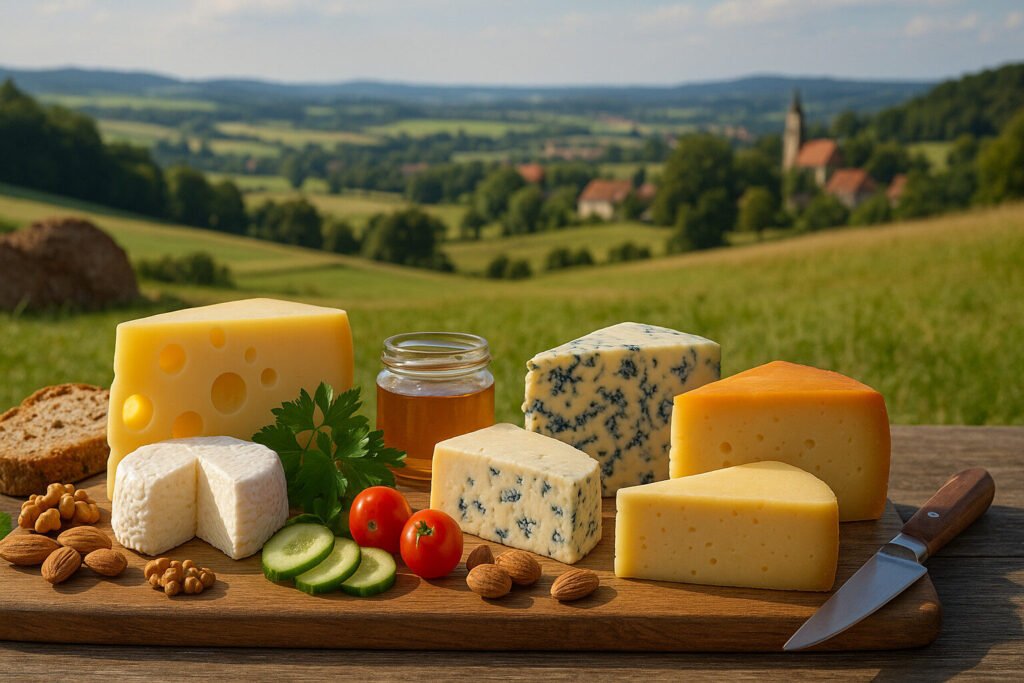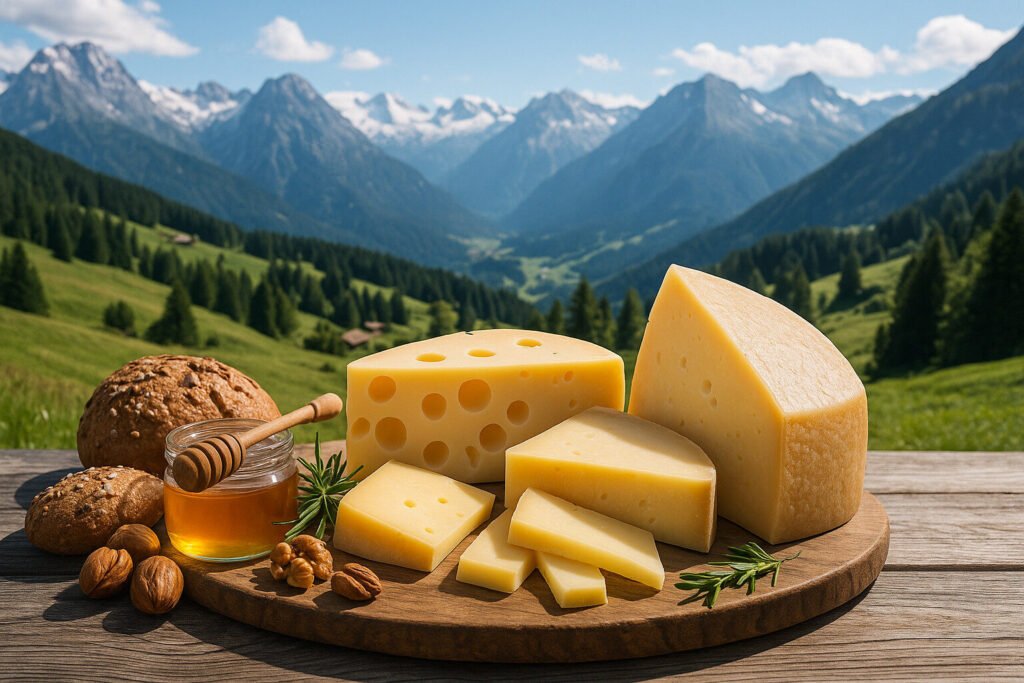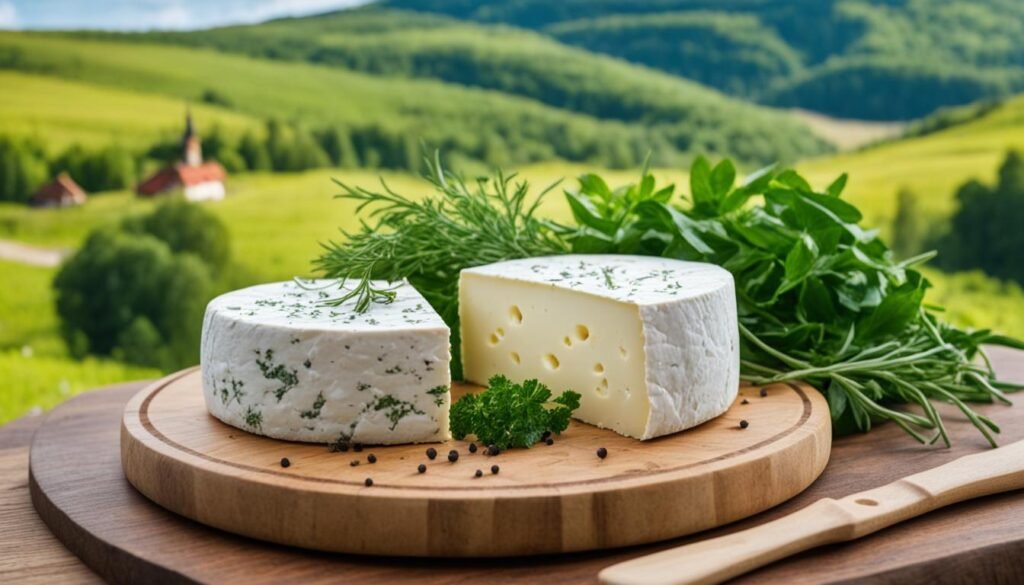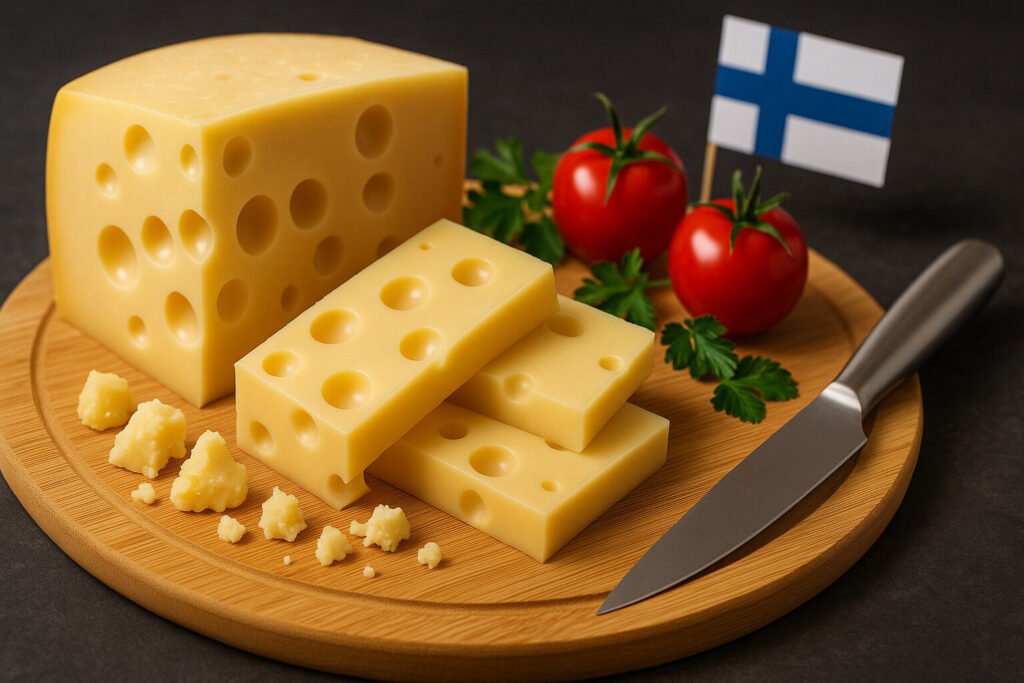Cheese Of Switzerland
Swiss Cheese Definition and Scope
Swiss cheese refers to dairy products originating from Switzerland, recognized for their protected designations of origin. These cheeses must adhere to strict production standards and geographical indications under Swiss law. The category encompasses over 450 varieties, primarily distinguished by aging duration and milk type.
Traditional Swiss cheeses typically use raw cow’s milk, though some incorporate goat or sheep milk. Notable examples include Gruyère, Emmental, and Appenzeller, each tied to specific regions. This classification system ensures consistent quality and preserves centuries-old cheesemaking traditions.
Swiss Cheese Production Techniques
Swiss cheesemaking follows time-honored methods involving copper vats and precise temperature control. Raw milk is heated and combined with natural cultures and rennet to form curds. The curds are then pressed into wheels and brined before aging in climate-controlled cellars.
Aging periods range from three months to several years, developing complex flavors and textures. Many Swiss cheeses undergo regular turning and brushing during maturation. This careful handling creates characteristic rinds and prevents mold development in certain varieties.
Sensory Profile of Swiss Cheeses
Swiss cheeses exhibit diverse flavor profiles from nutty and sweet to sharp and salty. Texture varies from semi-soft to hard, with moisture content decreasing through extended aging. Visual characteristics include pale yellow interiors and distinctive eyes or holes in some varieties.
Emmental features large holes and a mild, buttery flavor, while Sbrinz develops crystalline crunchiness with age. Gruyère offers a creamy texture with notes of fruit and nuts. These sensory qualities result from specific bacterial cultures and aging environments.
Culinary Applications
Swiss cheeses serve both table and cooking purposes across global cuisines. Fondue combines Gruyère and Vacherin with wine for the national dish. Raclette involves melting cheese over potatoes and charcuterie, showcasing its excellent melting properties.
Hard varieties like Appenzeller grate well for toppings and sauces. Younger Swiss cheeses often appear in sandwiches and salads. Their melting characteristics make them ideal for baked dishes and gourmet burgers.
Regional Specialties
Geographical indications protect specific Swiss cheese origins and methods. Gruyère comes from the Fribourg region, requiring raw milk and cave aging. Emmental originates in the Emme valley, distinguished by its iconic holes from propionic bacteria.
Tête de Moine from the Jura mountains requires scraping with a girolle tool. Sbrinz represents Switzerland’s oldest cheese from central cantons. These regional distinctions ensure authentic production techniques and terroir expression.

